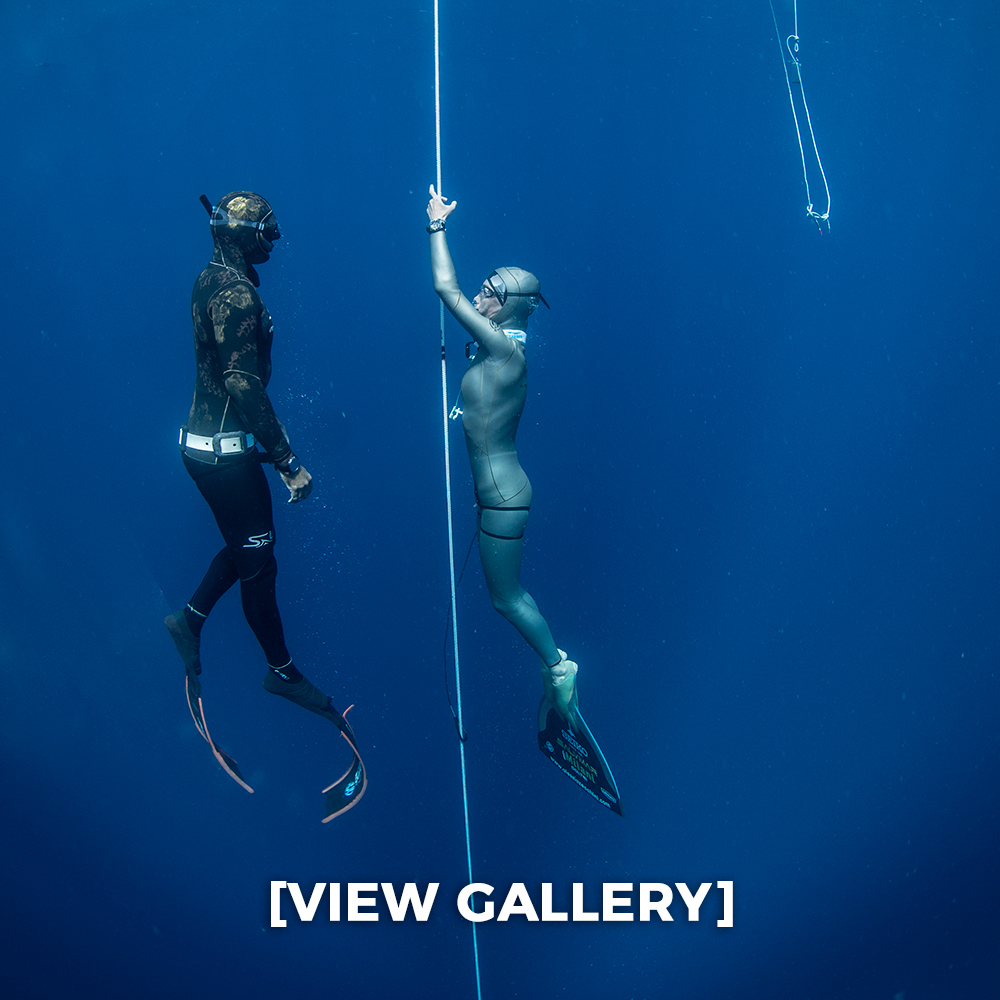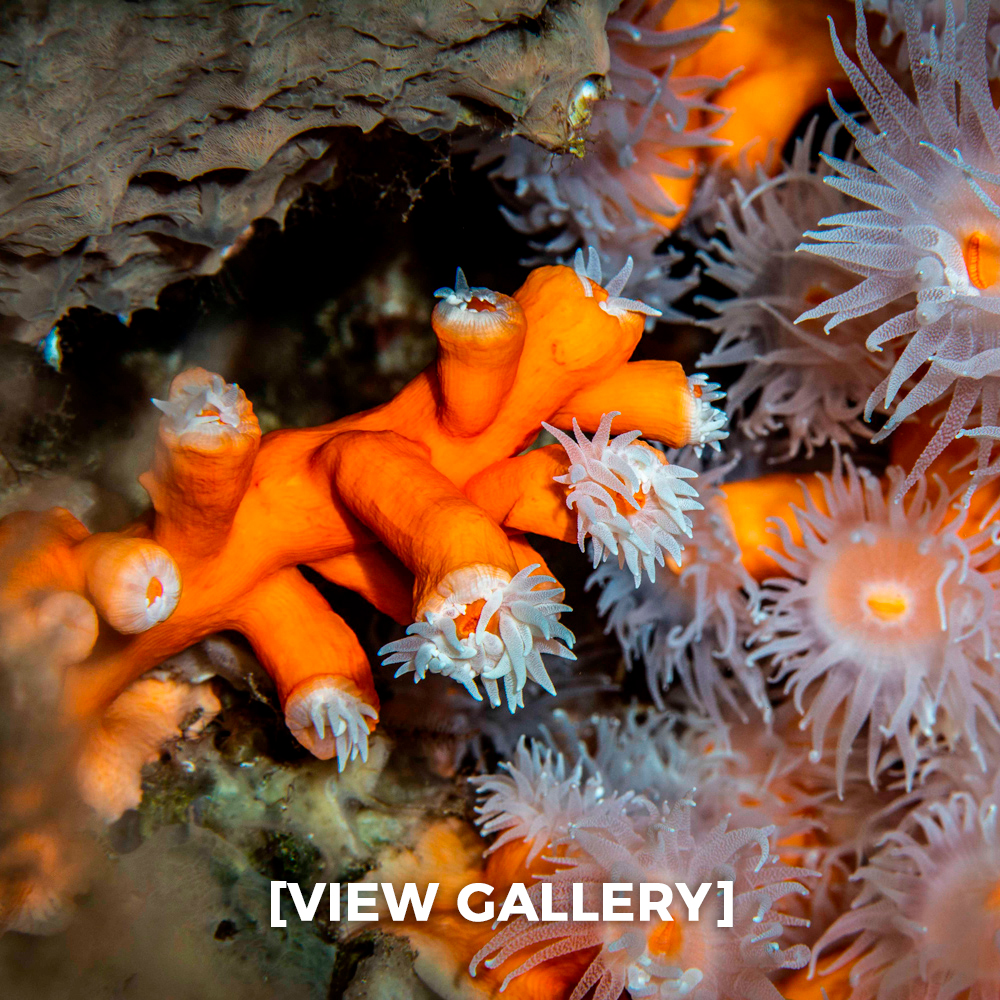CAGAFRECHO and SEBADALES DE LA GUASIMETA
Special Conservation Areas
The space called Cagafrecho is located in the southeast of the island of Lanzarote. It covers an area of 633.17 hectares and bathes the coast of our municipality of Tías .
Sebadales de Guasimeta is located in the south of the island of Lanzarote. It covers a total area of 1,276.05 hectares and bathes the coastline of the municipalities of Arrecife, San Bartolomé and Tías.
Both spaces have been declared since September 2011 as Special Conservation Areas (Zona de Especial Conservación ZEC), a figure contained in the Natura 2000 Network whose purpose is to ensure the long-term survival of the most threatened species and natural habitats in Europe, helping to stop the Loss of biodiversity caused by the adverse impact of human activities.
The SACs are managed in such a way as to guarantee the protection and conservation of the types of natural habitats and the species of community interest present in the space, adapting the necessary conservation measures to achieve a sustainable balance between the development of uses and activities in the area and the conservation of the natural values it contains.
Present natural values
Area characterized by the presence of a volcanic reef in the form of a cliff (underwater cliff) that runs parallel to the coast for much of its length, sometimes discontinuously, which allows the appearance of bars and sandy bottoms that in its shallow part they can have seagrass meadows, commonly known as “sebadales”.
This edge has various overhangs, caves and other rock formations that favor a high abundance of sessile animals, highlighting the presence of a wide variety of sponges (Axinella spp. ircinia spp.), corals (Antipathella wollastoni, Antipathes furcata, Dendrophyllia ramea ), Zoantids (Antipathozoanthus macaronesicus) and gorgonians (Paramuricea grayi, Ellisella paraplexauroides, Eunicella sp.).
The fish community is also very abundant and varied in the area, highlighting the presence of species such as the angelshark (Squatina squatina), the black stingray (Taeniura grabata), the grouper (Epinephelus marginatus) or the abade (Mycteroperca fusca).
Sporadically, groups of bottlenose dolphins (Tursiops truncatus) can be observed passing by, as well as loggerhead sea turtles (Caretta caretta), which use the sebadal as a feeding and resting area.
Types of natural habitat and species of community interest of the zec
In Cagafrecho there are the types of natural habitat of community interest 1110 Sandbanks permanently covered by shallow sea water, 1170 Reefs and 8330 Submerged or semi-submerged marine caves, in addition to the species of community interest loggerhead turtle (Caretta caretta) and bottlenose dolphin (Tursiops truncatus).
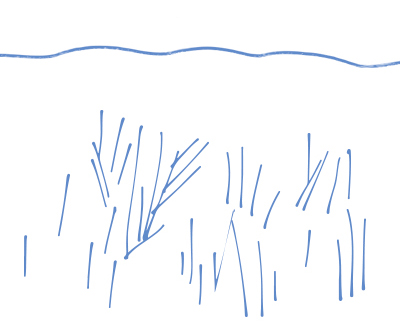
1110 Sandbanks permanently covered by seawater, shallow
It includes sandy banks devoid of vegetation, or associated with different biological communities (seagrasses, maërl communities, etc.), always submerged. Of the species of marine phanerogams, the most representative in the Canary Islands, due to its abundance and ecological role, is the Cymodocea nodosa or “seba” that forms the meadows known as “sebadales” or “manchones”, of great ecological importance to the provide key refuge, breeding and feeding areas for many invertebrates and fish.
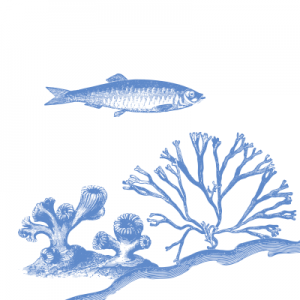
1170 reefs
Reefs are compact and hard substrates of biogenic or geological origin that extend from the coastline (intertidal levels) to deep seabeds (bathial bottoms). Due to its volcanic origin, the Canarian archipelago is dominated by abrupt and uneven rocky bottoms where there are many canyons and underwater valleys. This type of habitat can host an entire zonation of benthic communities of animal and algae species, distributed according to bathymetry, as well as other abiotic factors. Algae tend to dominate well-lit areas, with the Cystoseira or Sargassum genera being the most characteristic of the Macaronesian zone.
8330 Submerged or semi-submerged sea caves
Type of habitat widely represented in the bottom of the Canary Islands, predominantly rocky and tortuous relief. The lack of light inside prevents the development of photosynthesizing organisms, relegated to the adjacent seabed, except for some species of calcareous red algae near the entrance.
On the contrary, they constitute the ideal habitat for a multitude of sessile sciaphilous invertebrates (sponges, corals, sea squirts, bryozoans, etc.), partly representative of deeper ecosystems, and also of vágil fauna –which moves freely– with nocturnal habits (crustaceans, fish, etc.), which uses these enclaves as a refuge during the day.
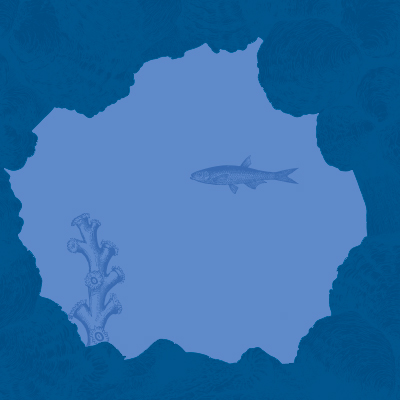
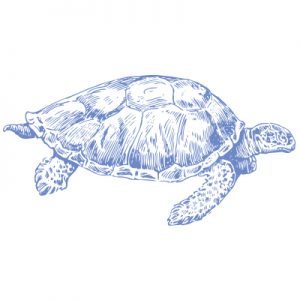
Loggerhead sea turtle (Caretta caretta*)
*Priority species (endangered in Europe)
Medium-sized marine reptile, with a slightly oval shell and more or less serrated edges, reddish-brown on the back and lighter on the ventral area, turning towards yellow or cream. Cosmopolitan species of tropical and subtropical waters.
It is characterized by its solitary habits and its omnivorous diet, including crustaceans, fish, molluscs, seagrasses and jellyfish in its diet. The Canary archipelago constitutes an important feeding and development area for juvenile specimens of this species, coming from different American and Cape Verdean populations.
Bottlenose Dolphin (Tursiops truncatus)
Marine mammal with a dark gray color on the back that degrades towards the lower areas, the ventral region being whitish or pink. Small dark spots dotted across the body may appear. It has a curved dorsal fin, in the center of the back, and proportionate pectoral fins. Cosmopolitan species typical of tropical and temperate regions, although it can also live in relatively cold waters. It is characterized by having a very gregarious behavior. It has a very varied diet: mackerel, octopus, squid and shrimp, among other marine animals. It resides in the waters of the Canary archipelago throughout the year, forming small groups.




